Created by Peter Federmann, these writing templates were for painters, stonemasons, architects and drawing schools. They were printed and published by J. Veith of Karlsruhe, Germany around 1880 as ‘Schriften Vorlagen zum Praktischen Gebrauche für Maler, Steinhauer, Architecten und Zeichnen-Schulen’.
See more typography and alphabets in our archives.

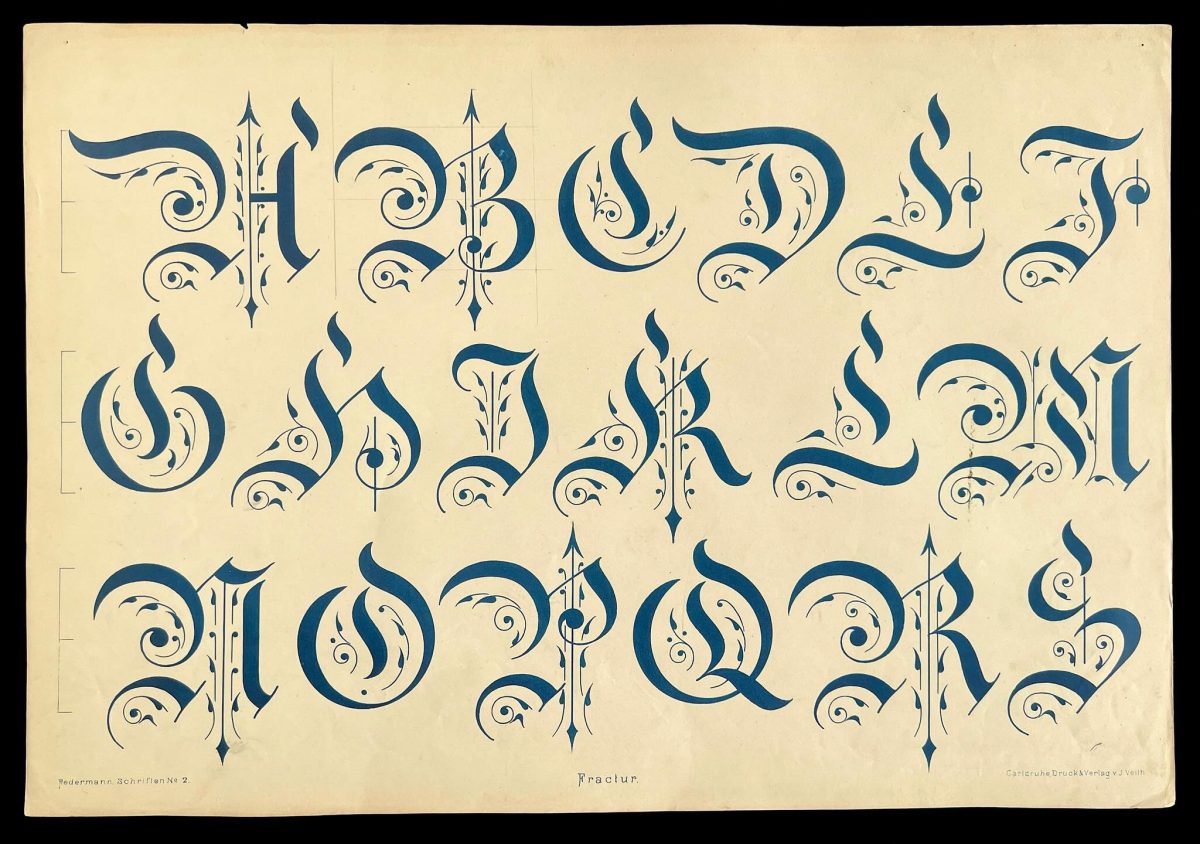
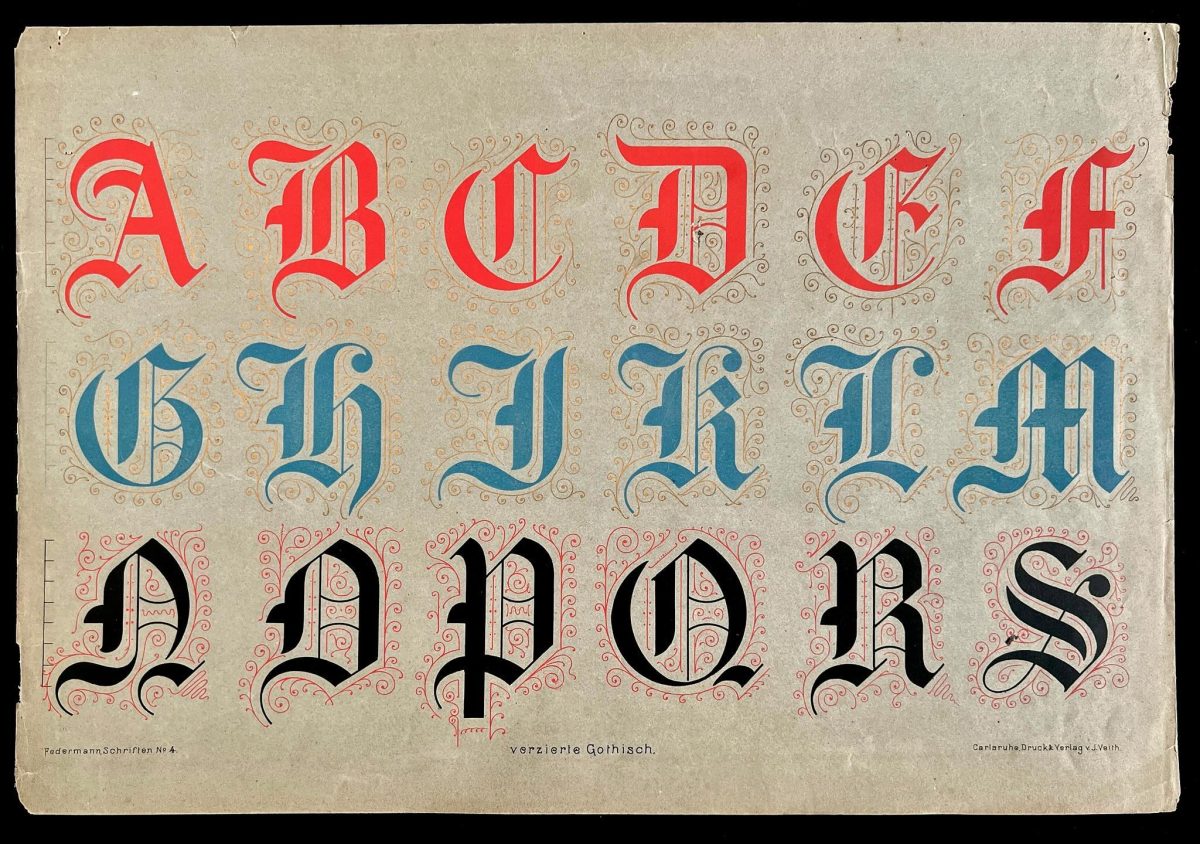
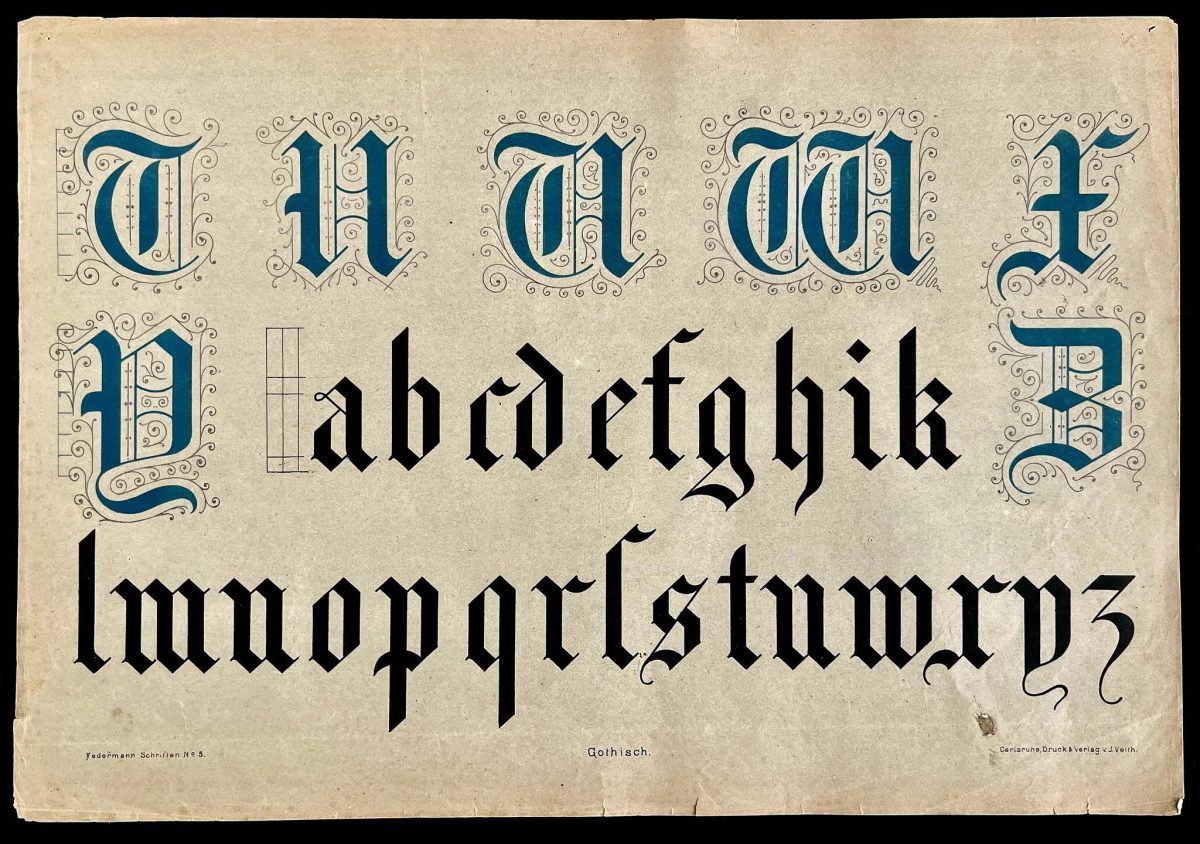
“In a badly designed book, the letters mill and stand like starving horses in a field. In a book designed by rote, they sit like stale bread and mutton on the page. In a well-made book, where designer, compositor and printer have all done their jobs, no matter how many thousands of lines and pages, the letters are alive. They dance in their seats. Sometimes they rise and dance in the margins and aisles.”
― Robert Bringhurst, The Elements of Typographic Style
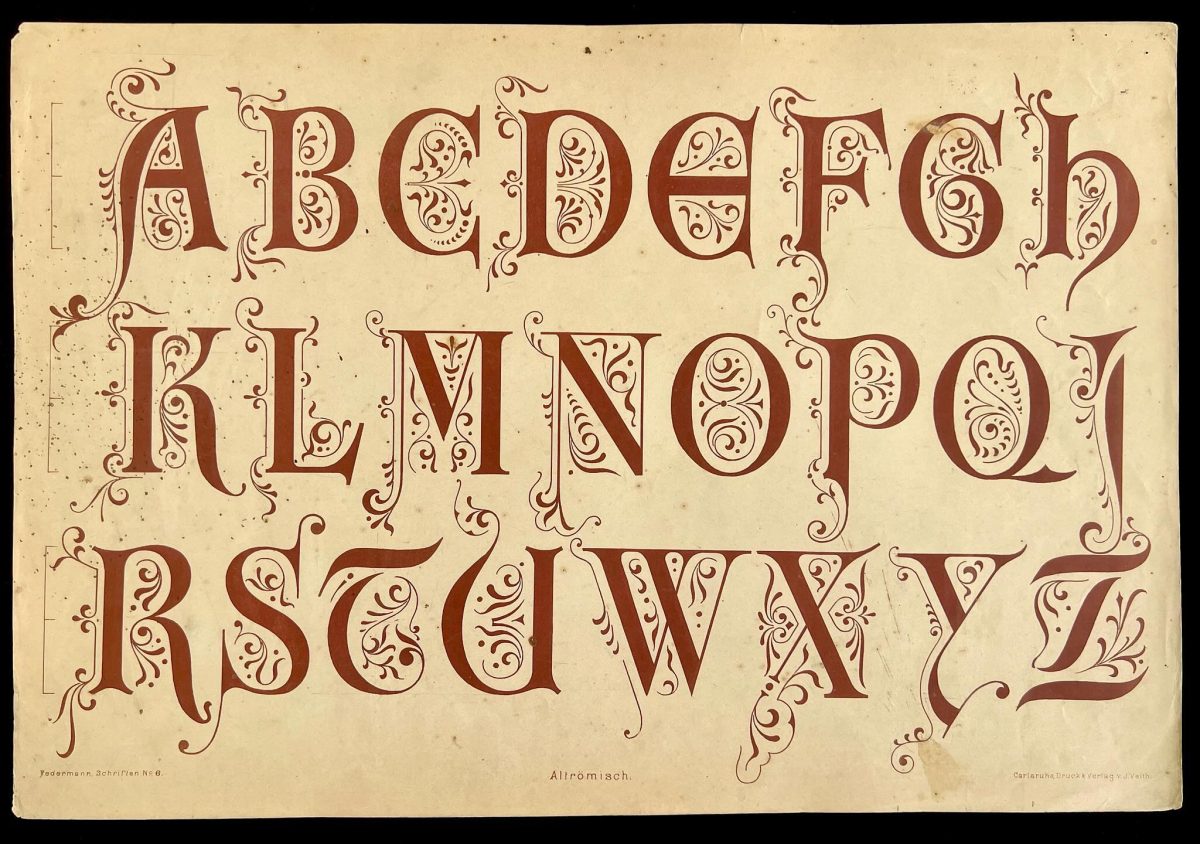

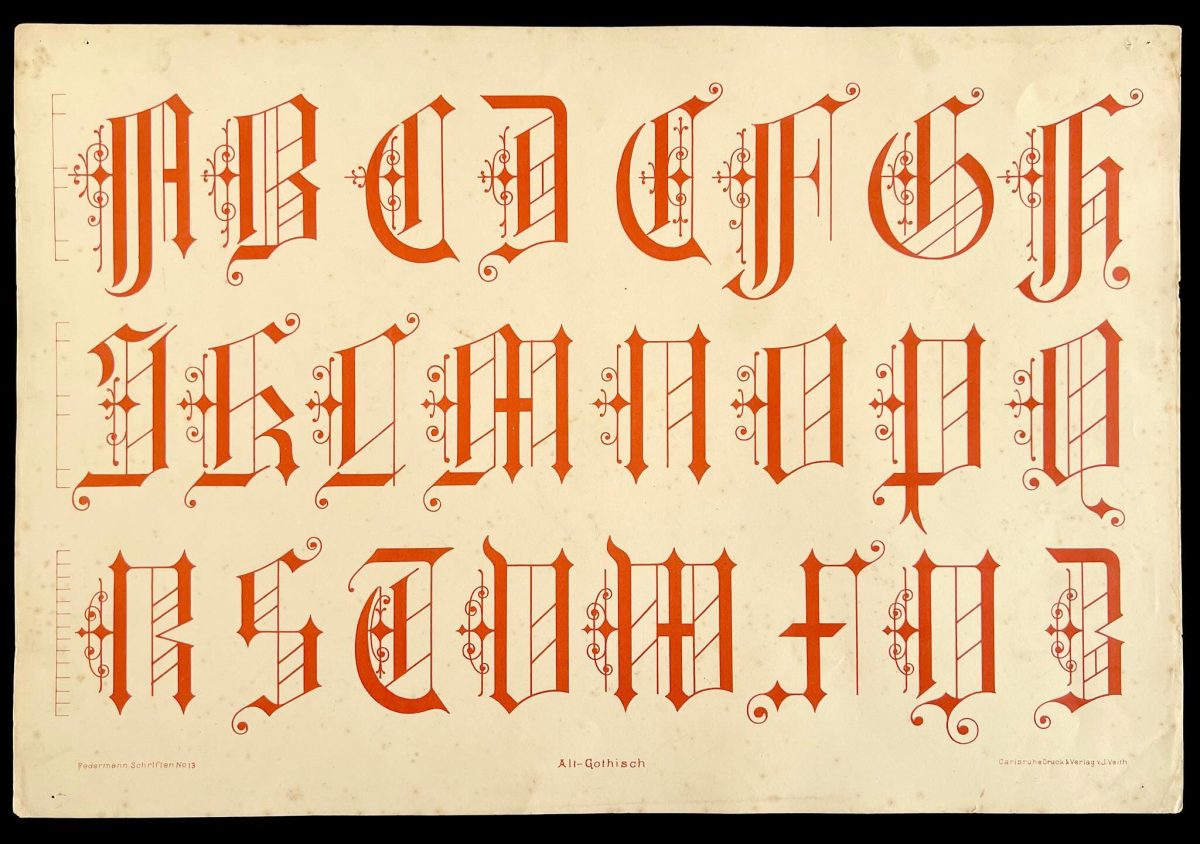
“Among them was a calligraphy class that appealed to him after he saw posters on campus that were beautifully drawn. “I learned about serif and sans serif typefaces, about varying the amount of space between different letter combinations, about what makes great typography great. It was beautiful, historical, artistically subtle in a way that science can’t capture, and I found it fascinating.”
― Walter Isaacson, Steve Jobs Biography
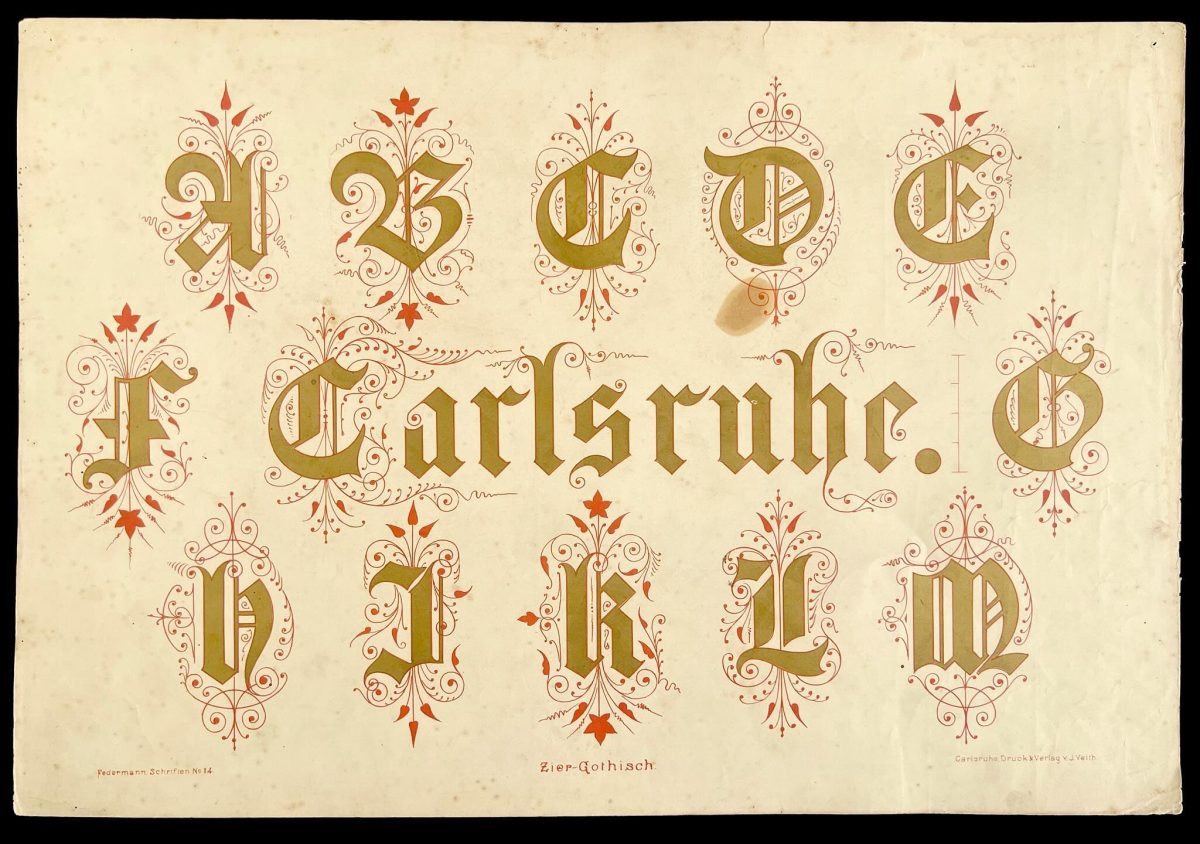

“The alphabet (and its extension into typography) made possible the spread of the power that is knowledge, and shattered the bonds of tribal man, thus exploding him into an agglomeration of individuals. Electric writing and speed pour upon him, instantaneously and continuously, the concerns of all other men. He becomes tribal once more. The human family becomes one tribe again.”
― Marshall McLuhan, Understanding Media: The Extensions of Man
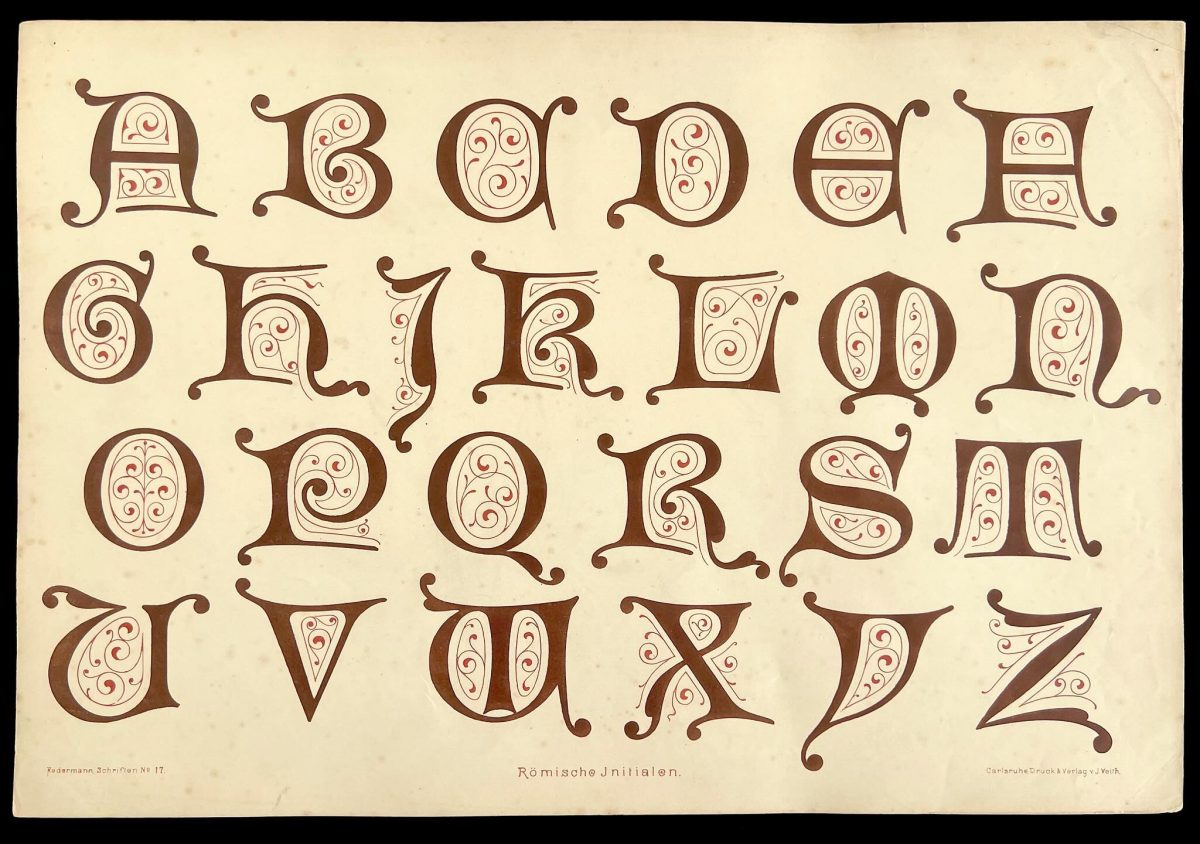
Via: LetterFormArchive
Would you like to support Flashbak?
Please consider making a donation to our site. We don't want to rely on ads to bring you the best of visual culture. You can also support us by signing up to our Mailing List. And you can also follow us on Facebook, Instagram and Twitter. For great art and culture delivered to your door, visit our shop.








